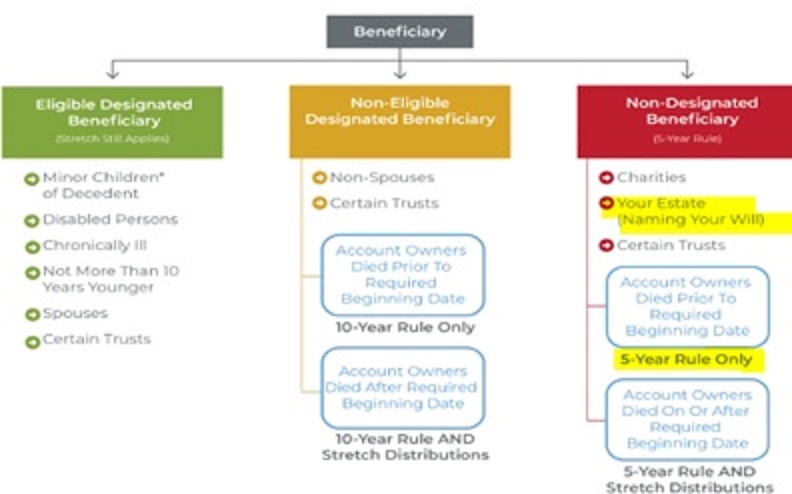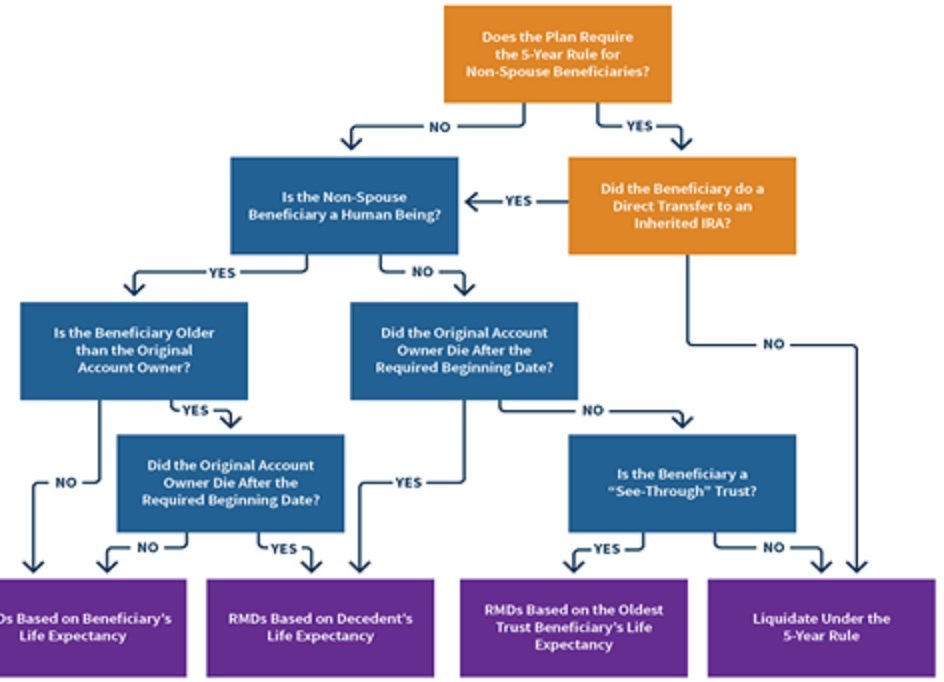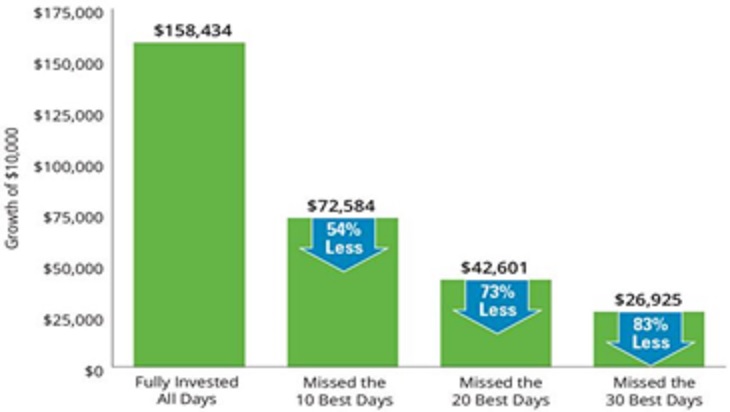Long-Term Care insurance (LTCi) funded through a payroll tax is currently under serious consideration by California. We do not yet have details, but this may be similar to what Washington State instituted several years ago.
To prepare you for this possibility we will be adding a LTC insurance conversation to our fall meetings for anyone employed in California (we will look to see if other states are also considering a similar measure).
The passage of AB 567 (2019) established the Long-Term Care Insurance Task Force (Task Force) of the California Department of Insurance. This task force is developing a statewide insurance LTC services program. The Task Force has already recommended several options to the Governor and the Legislature (2022). The options in the Feasibility Report will undergo financial analysis and their findings will be included in an Actuarial Report, which, if approved by the Task Force, will be submitted to the Legislature no later than January 1, 2024. (if you want more details let us know and we’ll send you information from California Insurance Commissioner Ricardo Lara).
What does this program mean for any employee (or business owner)? A mandated LTC insurance program would be an ongoing cost to cover an insurance pool that may or may not provide a significant level of support or portability. If this follows a similar program implemented in Washington State, we recommend that most of our California employed clients consider obtaining a minimal LTC insurance policy prior to year-end (for now we don’t yet know what options California will provide to opt out so no action is needed).
How soon could the Program be implemented? The Task Force will make its final recommendations to the Legislature in the Actuarial Report, which will be submitted by January 1, 2024. At that point, legislation would be required to establish and implement a statewide program which can be dated in the future or more likely as of the day it is accepted.
How is the Program opt-out designed? We only have minimal information, but for now individuals who own eligible private insurance as of a certain date on or before the program effective date would be permitted to opt out of the program. Any new policies sold after this deadline would be ineligible for program opt out but could qualify for reduced program contributions. To be eligible to opt out, or receive reduced program contributions, the policy would have to meet certain standards (not yet outlined but expected this fall) and would be subject to periodic recertification.
How would the program be funded? A progressive payroll tax, perhaps split between employees and employers, with an income-based tax for self-employed individuals is the most commonly recommended design so far.
We will keep monitoring the progress of the Long-Term Care Task force and also work with clients to determine if a private LTC insurance policy is appropriate. This is only relevant to anyone who will continue to earn income in California.
Edi Alvarez, CFP®
BS, BEd, MS




